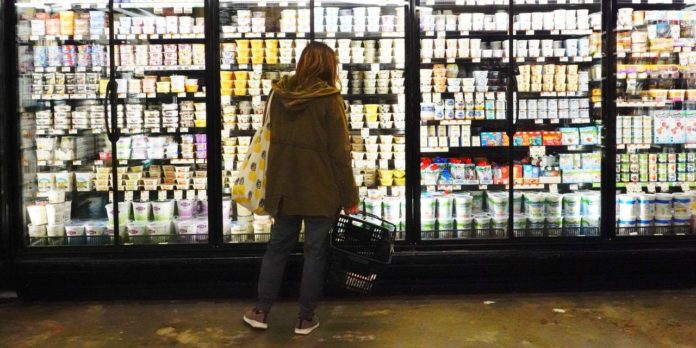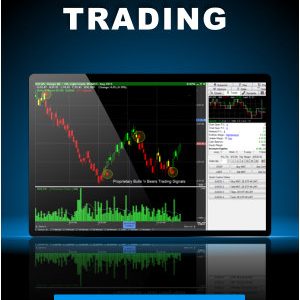https://www.barrons.com/articles/fed-meeting-march-2022-51647015734?mod=hp_LATEST
It was a lot more fun to be in your 20s in the ’70s than to be in your 70s in the ’20s. Not that I would know personally (yet), but this wry baby boomer lament, making its rounds on the internet, hits uncomfortably close to home.
I don’t actually associate the 1970s with fun, but rather prices running ahead of my paycheck, of queuing in gasoline lines on odd or even days, of not having enough cash for the items in my shopping cart, and of living in Brooklyn because it was cheap long before it was chic.
The sense of déjà vu should be strong at the Federal Reserve, as it now faces circumstances uncomfortably similar to those of the 1970s. Inflation is running at the fastest pace in four decades, with the consumer price index up 7.9% in the 12 months ended in February—and before the latest surge in tabs at the gas pump and supermarket. That has meant real pay declines of 2.6% for American workers after inflation. So, despite unemployment under 4%, consumer sentiment is sour, falling to the lowest level since 2011 as inflation expectations rose to the highest level since 1981, the University of Michigan reported Friday.
On the latter score, the latest GDPNow first-quarter growth estimate from the Atlanta Fed is just above stall speed at an annual rate of 0.5%. With flat growth, or worse, likely in the current quarter, that ’70s phenomenon of stagflation is all but palpable.
This is what the Federal Open Market Committee faces as it gathers for its regular policy meeting this coming week. In his congressional testimony last week, Jerome Powell, the central bank’s chair pro tempore (his official title while he and other Fed nominees await Senate confirmation), all but promised a quarter-point increase in the federal-funds target range from the floor-hugging 0%-0.25%.
As with most corporate earnings reports, the actual number will mean less to the market than management’s forecasts about the coming year. The FOMC’s last summary of economic projections, released in December, is as out of date as a double-knit leisure suit. Back then, the monetary mandarins saw the economy growing at a robust 4% in 2022, with the personal consumption deflator—the central bank’s favored inflation gauge—running at a 2.6% clip by year-end. Ah, dream on.
So the world will be watching not what the FOMC does after its two-day meeting ending Wednesday, but what its policy statement and Powell say. At his afternoon press conference, he will certainly be quizzed about the way forward.
Regardless of the risks of a slowing economy and a faltering stock market, the inflation surge leaves the Fed no choice but to proceed with the first of a series of interest-rate hikes, according to Greg Peters, co-chief investment officer for fixed income at PGIM, Prudential’s asset-management arm, which was overseeing $957 billion in assets as of year end.
Anybody who thinks the Fed will cling to its playbook from the past few economic cycles is “delusional,” Peters said in a telephone interview. Inflation is the top problem, not just on Wall Street but also on Main Street and, especially, Washington.
For financial markets, that means a profound change. With inflation possibly running in the 8%-9% range after those recent sharp price pops work their way into official gauges, investors can’t count on the Fed riding to the rescue of a 25% or 30% downdraft in stock prices, Peter warns. The so-called Fed put—the central bank’s implicit insurance policy under the markets—isn’t dead, but its strike price is a lot lower than before, he says. In other words, with inflation taking precedence, monetary policy is unlikely to bail out investors, unless the markets’ slide threatens the real economy.
Even so, the vise squeeze between prices and recession is much less painful for the economy than it was in the 1970s. That’s the good news from Steven Blitz, chief U.S. economist at TS Lombard. Food and energy costs take up 10% of consumers’ budgets, half as much as they did back then, with cars getting nearly twice the gas mileage as they did during the first OPEC embargo in 1973.
The dollar’s status also is the reverse from back then, he adds in a client note. The beginning of unfixed currency exchange rates produced a “shock” 21% depreciation in the U.S. Dollar Index, provoking commodity producers, chiefly OPEC, to ramp up prices. More recently, the stable greenback, which the rest of the world wanted, has allowed the Fed to ignore commodities. While China’s industrialization drove up commodity prices, U.S. consumers got falling goods prices, despite a wide trade deficit.
That points to a slow, steady lifting of the fed-funds rate to 2.5% over 18-24 months, Blitz says, despite equity market volatility. But if corporate earnings estimates fall enough, the Fed will stop hiking rates, he predicts.
The real, decadeslong tectonic change that Blitz sees is the end of what he calls the long peace from 1989 to 2019 (similar to the interregnum of the Cold War described by Matt Gertken, head of geopolitical analysis at BCA Research). With globalization reversing, expanding supplies from abroad will no longer put downward pressure on U.S. prices and wages. Onshoring doesn’t mean stagflation, he concludes, but raises the risk of credit sensitivity in the economy.
If you’re nostalgic, it should be for those halcyon days after the fall of the Berlin Wall and before 9/11, when we had to watch out for falling prices and had to determine how to deal with a budget surplus, and before recurring crashes in dot-com stocks, house prices, and a pandemic-induced shutdown. Ah, but to be in your 20s again, even with all that was wrong with the ’70s.
Source link






